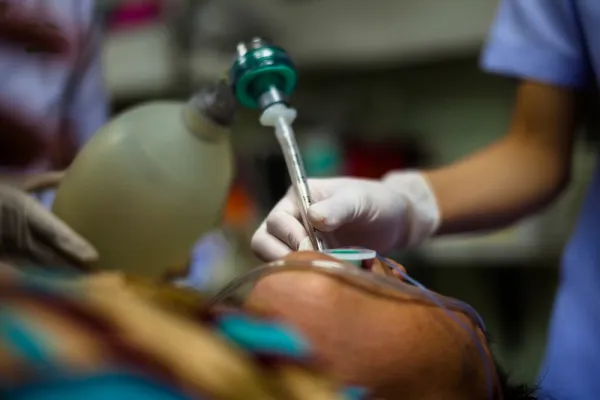Confused About Trach Tube Changes? Here's the Essential Knowledge You Need
Otolaryngology Coding Alert
Reviewed on May 15, 2015
Post-fistula procedures may call for unlisted-procedure code
CPT 2006 Revises Turbinate Surgery Codes
Unlisted-procedure code becomes the choice for middle turbinate fracture
For 2006, CPT will change the descriptors [...]
Check This Chart for the Answer
Want an easy way to choose the correct tracheostomy tube change code? Using the grid [...]
Payment for unlisted-procedure codes requires preparation and documentation
If you-ve ever filed a claim using an [...]
'Close Enough' Isn't for Endoscope
Question: The doctor used an endoscope to remove a posterior nasal lesion. May I report [...]
Specificity Matters for Asthma Dx
Question: Do we need a fifth digit when reporting an asthma diagnosis, such as 493.2?
North [...]
Watch for Spirometry/Nebulizer Treatment Bundles
Question: May I report a separate procedure (94640) for breathing treatment with bronchospasm evaluation (94060)? [...]
Report 69990 With Caution
Question: What are the requirements for reporting the operating microscope (69990)? It seems that everything [...]
Programming Is Separate With Cochlear Implant
Question: Is analysis/programming of a cochlear implant included in 69930, or can we report this [...]
Charge Outpatient Consult for Observation
Question: Another doctor asked my ENT for a consult with a patient who had been [...]
Look to the January and February 2006 editions of Otolaryngology Coding Alert for a complete [...]




